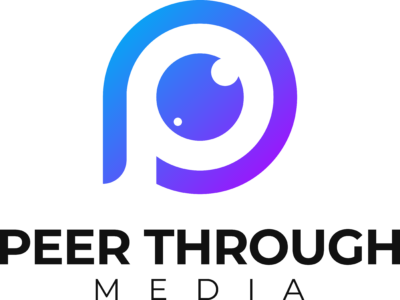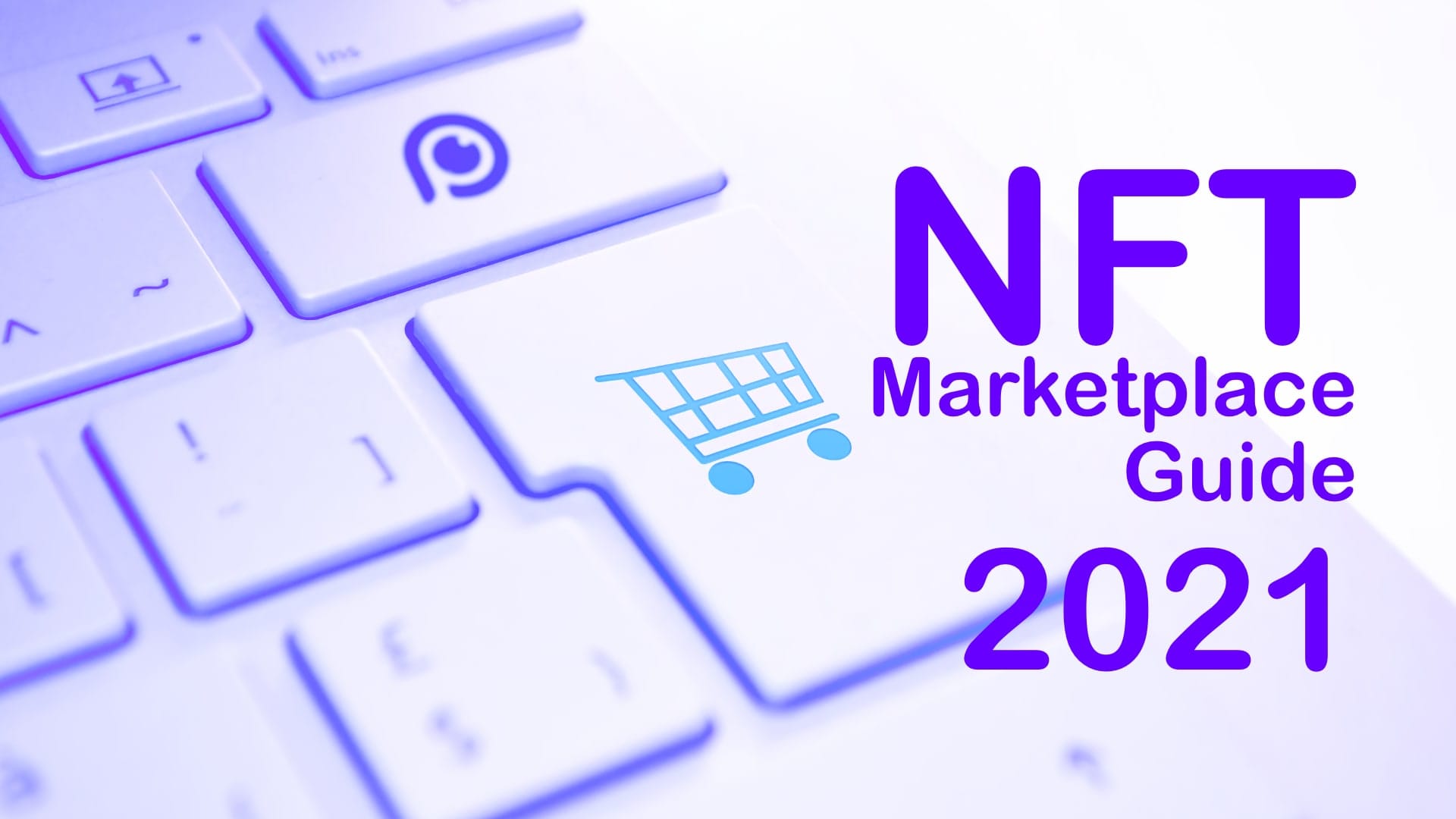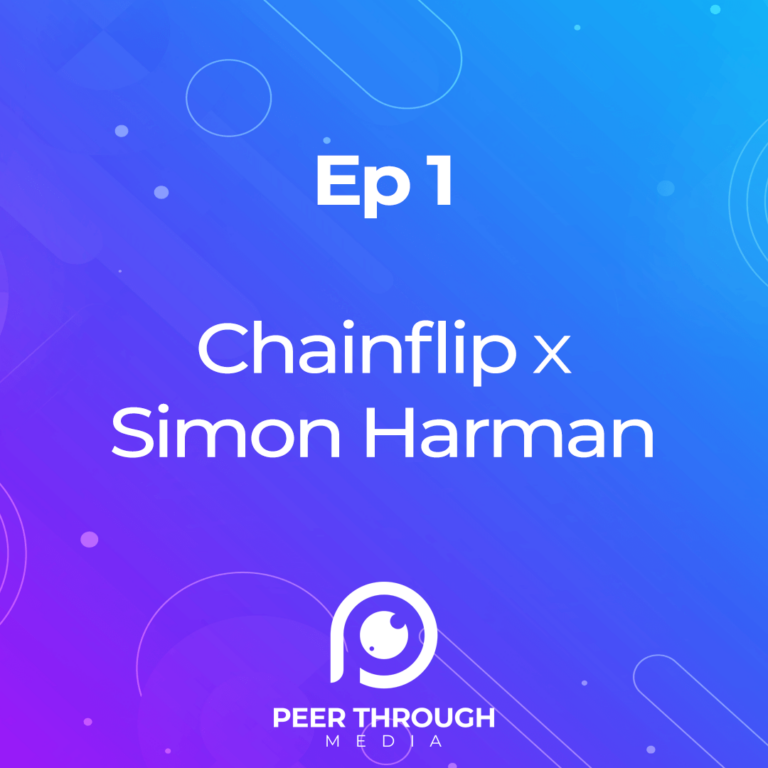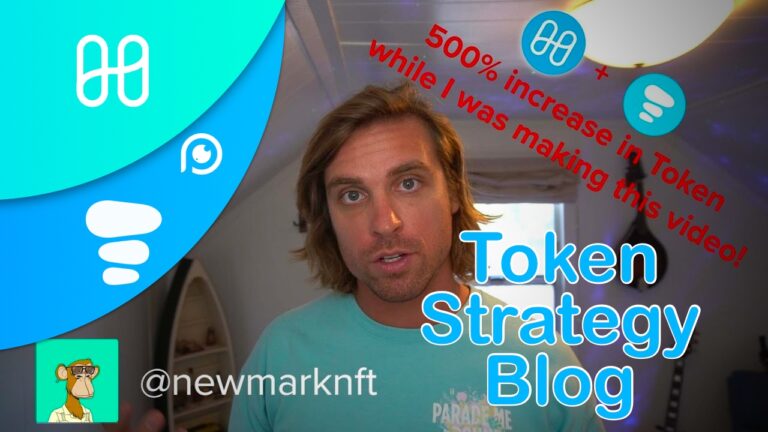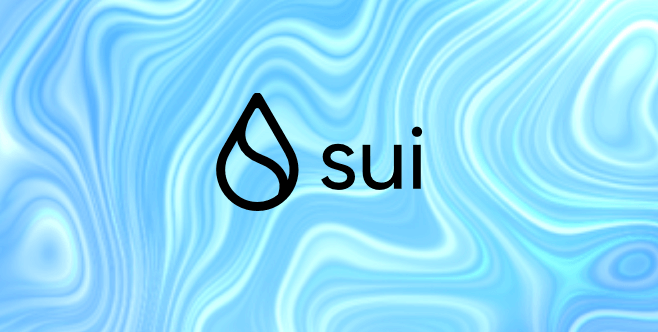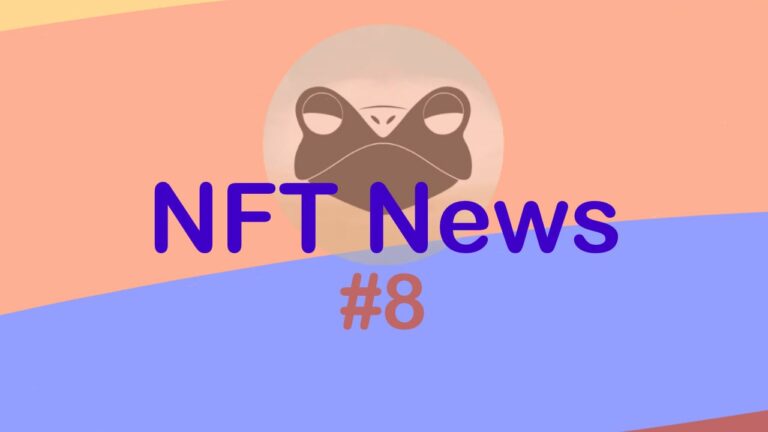Popular NFT Marketplace Guide 2021
NFTs remain at the top of the current wave of blockchain innovation. They have captured the imagination of the general public in a way no other blockchain technology has. For this reason, it seems not a day goes by without a new NFT marketplace popping up on a various blockchains.
NFTs now sit at the core of what many see as the promise of the blockchain. Their use cases will grow even more in the future. But these NFTs still need ways to reach a market and channels of distribution.
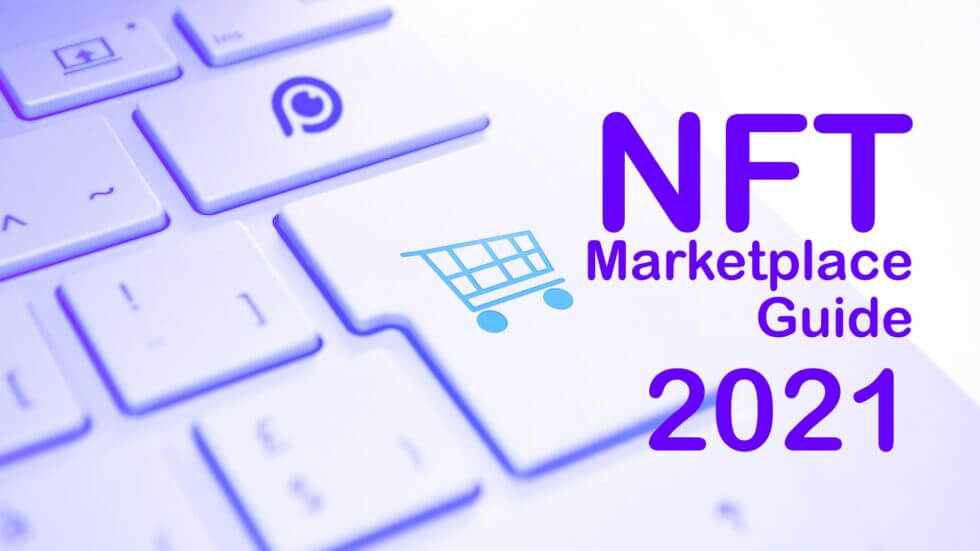
NFT Marketplaces explained
NFTs, like any other crypto asset, can be traded freely over the blockchain. If I have an NFT you like in my wallet, and we can agree on a price, then I only have to send it over to you and receive payment.
The problem with the previous example is, how can you know I own that NFT. Additionally, who does the trade first? If I send you the NFT, can I be sure you’ll send me the money? If you pay first, can you be sure I will send the NFT?
Maybe these issues can be fixed if we know each other well and meet face to face to make the trade. Beyond that narrow example, people would not be able to trade NFTs effectively. Or crypto in general.
NFT marketplaces are platforms where the NFT creators and owners can display their assets to willing buyers. On the other hand, buyers can be sure that the asset will be transferred to them once the transaction is complete and the same goes for the other party.
Also, marketplaces allow artists easy access to minting an NFT. If you’re a blockchain developer, minting NFTs from the command line is a familiar task. Yet, most people are not developers, and interacting with the CLI can be daunting. Marketplaces have friendly user interfaces to mint NFT easily.
Additionally, NFT marketplaces can support a variety of payment options. Platforms work with credit card processors and crypto payments either in tokens or stablecoins. That flexibility allows more people to enter the NFT market with as little friction as possible.
Also on Peer Through Media: How to Create and Sell Your Own 10,000 NFT Collection
The difference between minting and buying an NFT
The difference is a crucial one, as one of these concepts is the first step to creating an NFT. The act of minting an NFT is the same as registering an artwork, not creating it. A painter, sculptor, or other artists first need to create the art piece in their studios. Once it is finished, it is still not ready to go out into the world.
Artists have to sign or claim ownership of the piece in some register to establish origin. That’s what minting an NFT is, the art piece is uploaded to the marketplace, the platform associates the image with an NFT, attached metadata to it, and transfers the NFT to the crypto wallet associated with the users who requested the minting.
The metadata is information such as the time it was minted, the date, file format, image quality, and other data that can be used to identify the NFT. The first owner is the wallet address who initiated the minting.
Now, once the NFT is minted and placed on a marketplace, then it can be traded. NFT collectors who purchase the NFT get the asset transferred to their own crypto wallets. At this moment, they become the owner of the NFT and the original minter gets the money or cryptocurrency in exchange.
Do we need NFT Marketplaces in 2021?
NFT marketplaces take a cut when transactions are done on their platform. They also get a cut if minting is done using their services that are on top of the gas price. It may be tempting to just get rid of the middleman.
Pure face-to-face transactions have the problems we previously discussed. For global transactions, or exchanges between people not near each other a marketplace is a must. There are no easy ways to make trades that are not supported by some external infrastructure.
NFT marketplaces use smart contracts, so users don’t give their private keys, and transactions are peer-to-peer. But these can be expensive to use since interacting with smart contracts generates gas fees.
In either case, people still need a marketplace so sellers and buyers can offer their assets in a secure way. NFT Marketplaces are just as necessary as crypto exchanges. All participants need a virtual place where they are safe to make transactions.
Interested in NFTs? Check out the Peer Through Media NFT Drop Calendar here to see the latest drops!
Best Ethereum NFT Marketplaces
It is no surprise to anyone familiar with the crypto industry that the biggest NFT marketplaces are on Ethereum. This network remains the biggest and most popular blockchain on the planet. As such, most of the transaction volume still takes place there.
Not to mention NFTs were invented on Ethereum. The ERC-721 token standard is what powers NFTs. This was created by the team behind CryptoKitties which launched first on Ethereum way back in 2017. The first explosion of gas prices on Ethereum was caused by people trading CryptoKitties.
The team then went and created its own network, the Flow chain. But the NFT ERC-721 standard has been used by many other networks and different projects. For that reason, the biggest NFT marketplaces and the biggest NFT collections on crypto are still on Ethereum. Some of them are:
OpenSea
The original peer-to-peer NFT marketplace, OpenSea is the current giant of the industry. It first came into the scene in 2017, during the original ICO boom on Ethereum. It has been grinding in the background way before NFTs became the popular phenomenon they are today.
The platform sees a daily volume of users between 26K to 28K. It’s among the most used dApps on any blockchain, and it surpassed 1 billion transaction volume in August 2021. It remains the place where NFTs are either launched or eventually end up to be sold and traded.
SuperRare
The marketplace positions itself as a more curated experience than other NFT platforms. Super Rare started in 2018 with the mission of decentralizing digital art. The platform always was oriented for the more professional artists where they have profiles and can become known personalities.
In 2021, they launched the RARE token. It’s used in the platform as a curator’s tool, holders of RARE can upvote pieces and make them more noticeable. The community then has a way to express who are the best NFT creators, or which are the best collections.
This curator’s role is unique among other NFT marketplaces. On other platforms, it’s hard to know how a particular piece got featured on the front page. In Super Rare, the RARE token is a transparent medium that makes sure the community is choosing the best NFTs.
Rarible
Rarible is a community-owned NFT marketplace. It aims to be a more friendly alternative to OpenSea. The platform offers the best tools to mint an NFT without the use of a command-line interface. This level of friendliness has made it popular with artists new to the technology.
The platform has grown rapidly reaching 210 million USD in transaction volume. As we’ve said, it is chosen mainly by new creators who are unfamiliar with NFTs.
Best Solana NFT Marketplaces
Solana is a network that has been in the news a lot. Its unique design makes it much more scalable than Ethereum as it currently stands. For this reason, the network has seen a lot of growth, in NFTs especially.
Solanart
The first NFT marketplace on that network, Solanart has been around for less than a year. The platform has managed to attract a lot of users in that short amount of time. It’s one of the most visited dApps on the Solana network.
It already has a total market cap of half a billion dollars and a trading volume of more than 30 million. It’s one of the examples of how Solana is attracting users and developers to their network.
SolSea
The second most visited NFT marketplace, SolSea is growing rapidly. The site hosts many NFT collections exclusive to the Solana network and has managed to attract many digital artists. It’s an important milestone for the network, as it is big enough to host two competing NFT marketplaces each with a dedicated user base.
Fantom
Fantom is a recent arrival to the blockchain race launching in 2019. But the network has seen major growth during 2021 as its smart contract capabilities came online and major projects moved to develop there.
So far, there are no operational NFT marketplaces on Fantom. But there is one that it’s currently in beta and should lacuna shortly.
Artion
Artion supports Fantom-based ERC20 tokens, beginning with fUSDT, USDC, DAI, and wFTM. It is a fast ecosystem where minting NFTs is very cheap. The platform also charges 0% when an NFT is sold via the marketplace.
Best BSC NFT Marketplaces
Binance Smart Chain is the second largest market for NFTs behind Ethereum. It has benefited a lot by the increase in gas prices on other networks, and since it basically uses the same design as Ethereum, launching on BSC is virtually the same.
AirNFTs
We have to remember that BSC is not even a year old, as it was launched in 2021. None of the entries here will be more than a few months older. Despite this, AirNFTs has grown a lot in its short history.
It has moved up to be among the top 5 most used NFT marketplaces on BSC. It is very popular in that network and many digital artists are using it as a platform to launch collections.
Altura
This marketplace is focused on gaming NFT. It allows game developers the ability to mint NFTs related to in-game items that then can be used by their players. Many see the combination of online games and NFTs as a new path to create other use cases for NFTs.
Binance NFT Marketplace
Binance has decided to enter the NFT market directly. They have launched their NFT marketplace that is competing against those launched on BSC. It remains to see how successful it will be, but having the backing of the largest crypto exchange in the market is a nice boost.
Best Dfinity Blockchain NFT Marketplace
The blockchain started in 2016 with the mission of creating a world computer. It has lower transaction fees than those found on Ethereum and other rivals. It only launched its main-net very recently, so there aren’t that many dApps on it. But there is one NFT marketplace.
Entrepot.app
Entrepot.app was developed by Toniqlabs, and is the first NFT Marketplace on the Dfinity Network. It allows users the ability to trade NFTs and mint on top of that blockchain. It currently only supports the Stoic Wallet, but there are plans to expand to different providers.
Conclusion: What is the future of NFT Marketplaces?
This is only the beginning for the NFT technology. In the future we’ll see many more use cases for this type of token standard. In many ways digital art and collectibles are part of an experimental phase in the evolution of NFTs.
Some other possible paths for the technology are in the gaming world. Many MMORPGs use trading between players as a core feature. But these are hard to implement and vulnerable to scams.
NFTs could provide the necessary backing to these game items and make them tradable over the blockchain. There are several projects developing these functionalities and soon it may be common to see NFT and MMORPG integration.
Another use for NFTs is in the financial world. There are many financial instruments that can benefit from being unique and non-fungible. An example of this is Visor Finance, a platform that creates NFT of liquidity pools for UniSwap V3. This allows for better active management on a portfolio linked to UniSwap V3.
